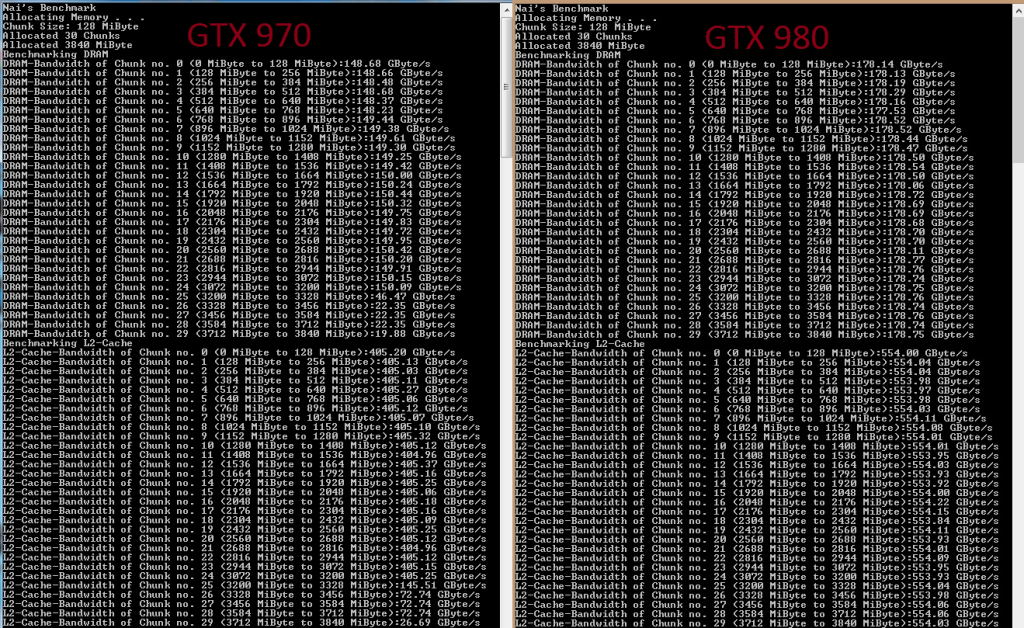Nvidia offers each buyer of a GTX 970 video card a compensation of $ 30.
Payments will be made as part of the case of overestimate of the characteristics of the graphics adapter

Last year, Nvidia launched two models of video accelerators on the market - the GTX 970 and GTX 980. The characteristics of the graphics cards were not so different. For example, the cards have the same amount of video memory, so the GTX 970 coped well with the most demanding modern toys. Many buyers decided to choose a younger model, the price of which is about $ 200 lower than the cost of the older model.
This video accelerator is equipped with 4 GB of video memory. After some time, attentive users noticed that approximately 500 MB of memory does not work as it should. As it turned out, when accessing the last 500-700 MB of memory, the performance of the card is significantly reduced. Moreover, the older model, the GTX 980, does not have such a problem, despite the equal amount of video memory. The reason turned out to be quite interesting, and the problem itself became the basis for filing a class action lawsuit against Nvidia.
The GTX 970 memory is divided into two segments. This is a fast memory with a capacity of 3.5 GB and the rest is a slow part with a capacity of 0.5 GB. For ordinary users, the problem did not manifest itself, since it is difficult to exhaust 3.5 GB when playing in normal mode. But the owners of 4K monitors or multi-display systems, this problem manifested itself in full. These users filed a class action , and won the case. Now the company offers $ 30 to any GTX 970 user who applied for compensation. Earlier, Nvidia tried to convince everyone of the unintended nature of the overstated card performance. The company's management stated that the marketing department and the development department simply did not fully understand each other.
')

After Nvidia "assessed the risks and potential costs of continuing the trial," it was decided to meet the plaintiffs. A year after the start of the review, the company went to the agreement and offered to pay $ 30 to the users of the mentioned video card model. The defendant will also have to pay $ 1.3 million in reimbursement of legal costs.
According to the company, $ 30 is sufficient compensation for the owners of video cards of the company, who are faced with the problem of falling system performance due to the lack of 0.5 GB of fast memory. “A payment of $ 30 is about 8.6% of the card price,” the company said. At the same time, the authors of the collective claim are not too pleased with the size of the payments. The fact is that the problematic 0.5 GB of 4 GB is 12.5%. Accordingly, if we take this percentage and calculate 12.5% of $ 350 (the price of the problem card at the time of purchase), it turns out not $ 30, but $ 43.75.
The plaintiffs still have a chance to raise the amount of payments from Nvidia, since the company's offer is still awaiting preliminary approval. Before the final decision, the details of the agreement may change.
Source: https://habr.com/ru/post/369541/
All Articles